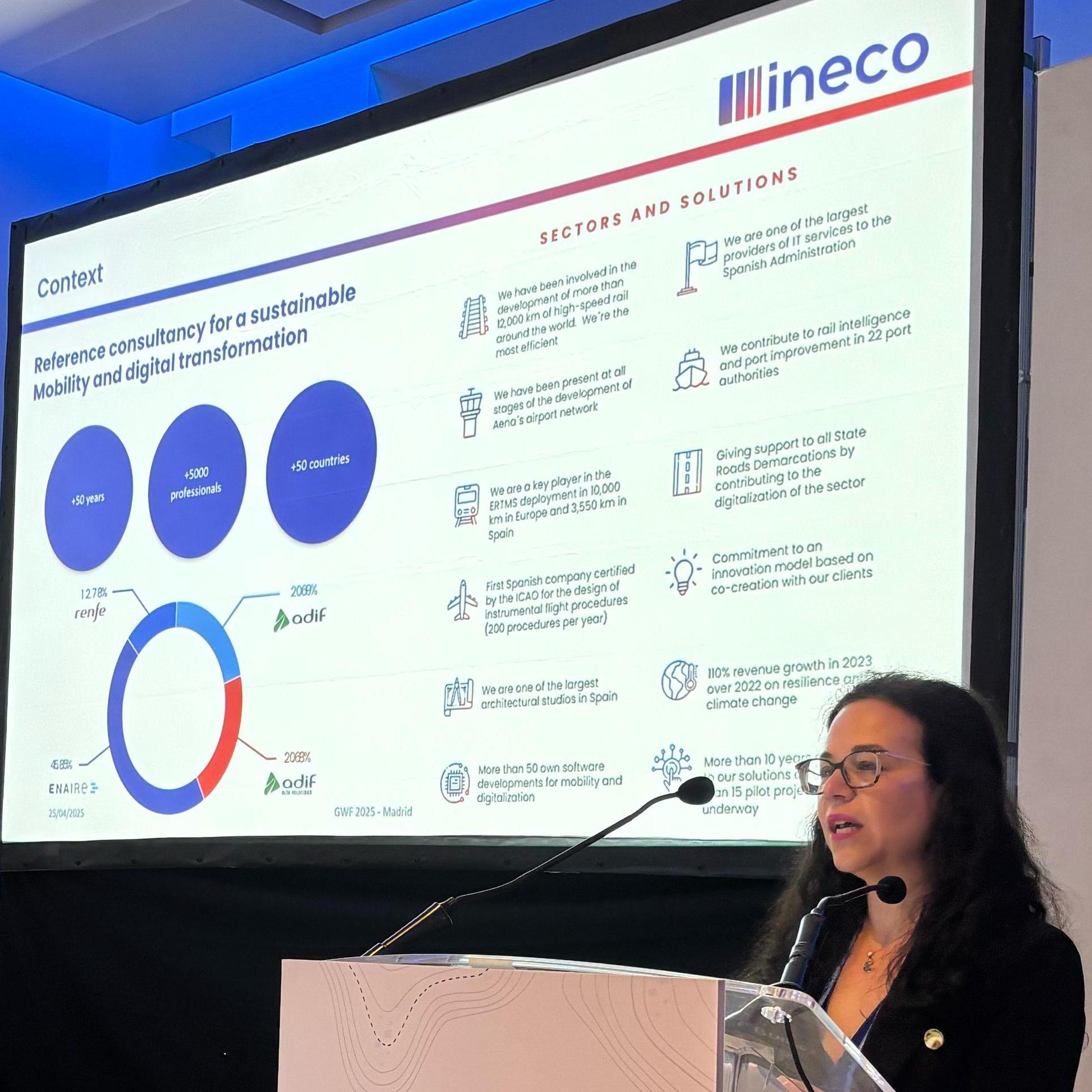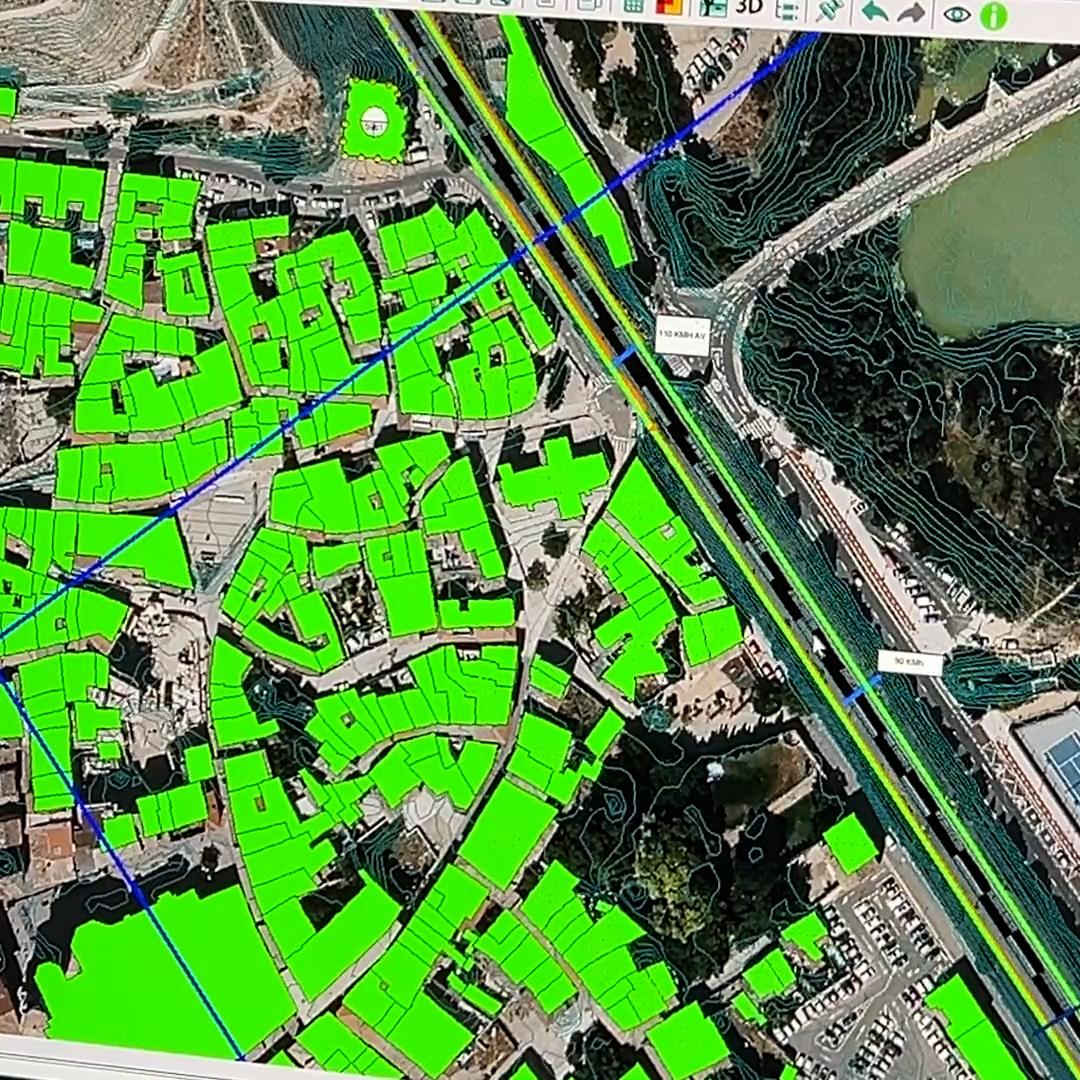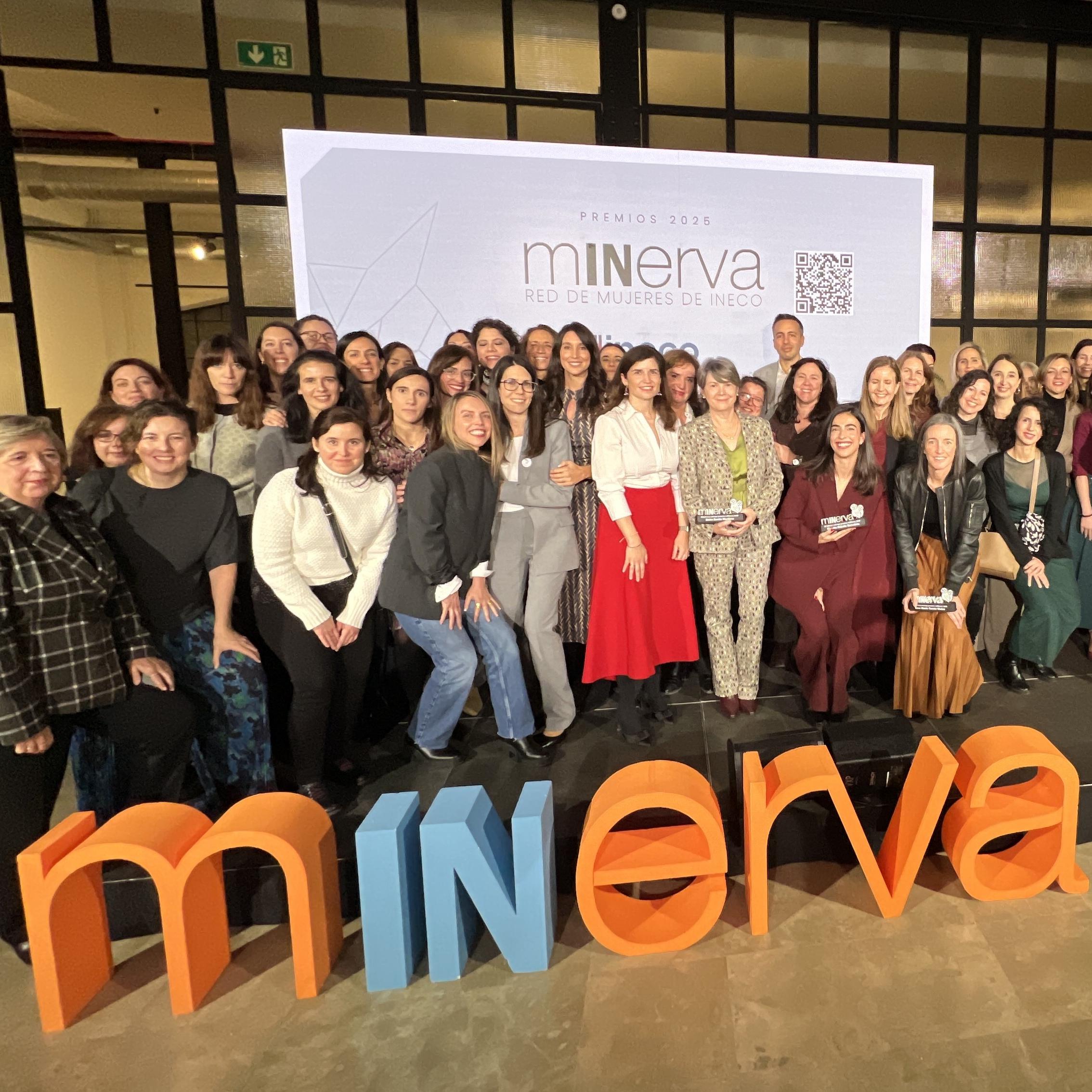In 2023, following the COVID 19 pandemic, and to boost health data analytics in Spain, a project was launched for the creation of a "National Health Data Space", aimed at "public health surveillance, clinical practice, service evaluation and research".
This new National Health Data Space is a national ecosystem for research, innovation and policymaking in the field of health that also provides a secure environment and data catalogue for scientific studies. It is part of a process that aims to boost the digitalisation of health services, interoperability and network services at national, European and international level.
Ineco is supporting the Data General Directorate, which reports to the Secretary of State for Digitalisation and Artificial Intelligence (SEDIA), in collaboration with the Ministry of Health, to develop this project which consists of launching a data platform in the cloud, of the data lake type, where the Ministry, the Autonomous Communities and other actors in the National Health System, such as health and research centres, will be able to share and consult information and in the future can be integrated into the European Data Space.
This storage system allows secure and massive uploading of "raw" data in all kinds of formats, such as databases, PDFs, images or videos, to the cloud. By storing data without pre-processing, it saves costs and offers greater flexibility as it can be used for different purposes, such as machine learning and artificial intelligence.
The uses fall into three broad areas: data analytics for public health policy, drug safety surveillance and deepening the understanding of diseases. The system currently has two use cases: the consumption of antibiotics in the National Health System and the prediction of decompensation in chronic diseases such as COPD.
Ineco is leading the implementation and development of these use cases, using state-of-the-art techniques such as advanced artificial intelligence to facilitate the use of healthcare data to generate answers to questions posed from different fields, such as science.
The system is made up of a structure in two types of nodes: the autonomous nodes, where we can find an anonymised, centralised and virtual data catalogue of each Autonomous Community, and the central node, which gives access to the autonomous nodes and allows analysis or cross-checking, with advanced computing and storage capacity.








